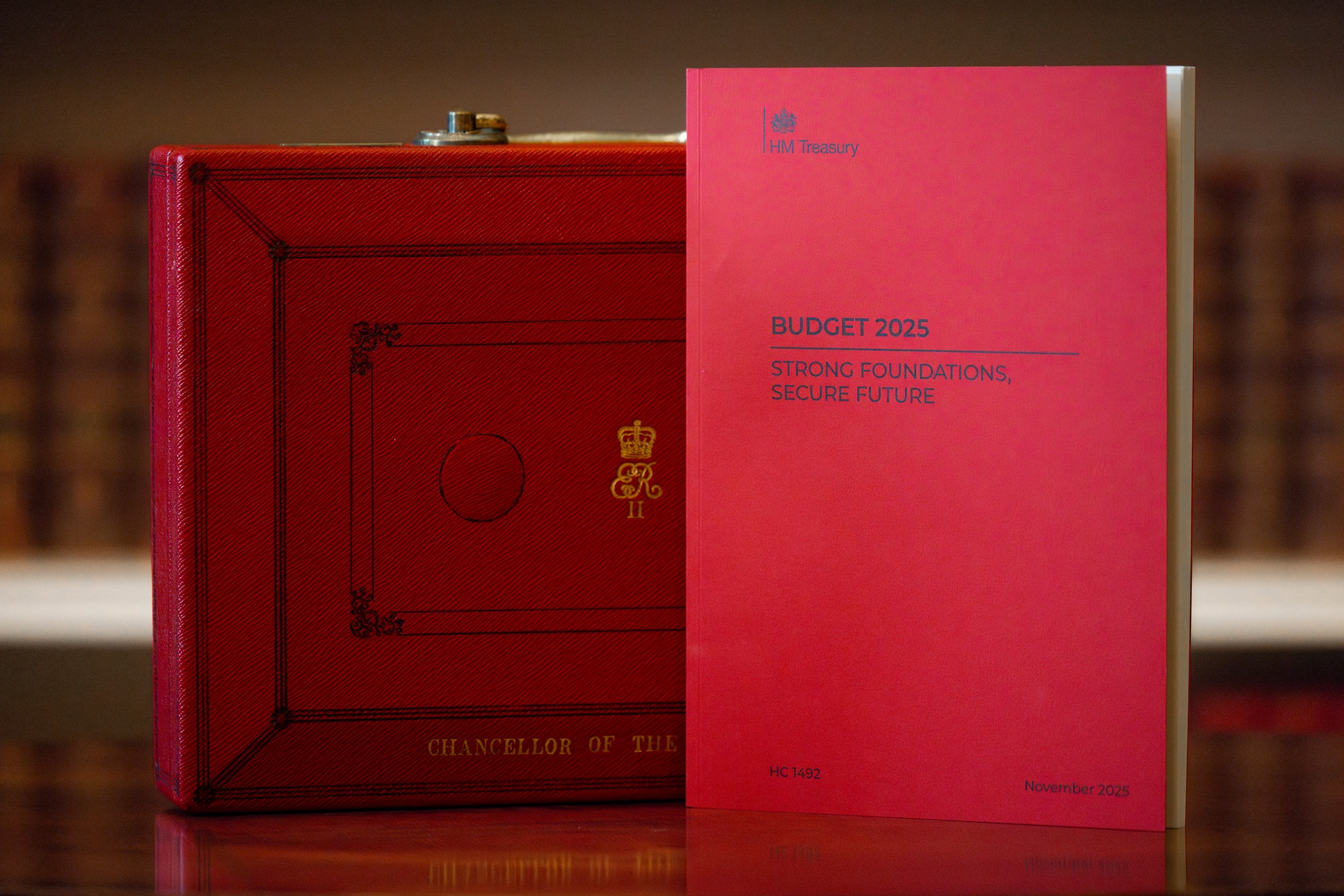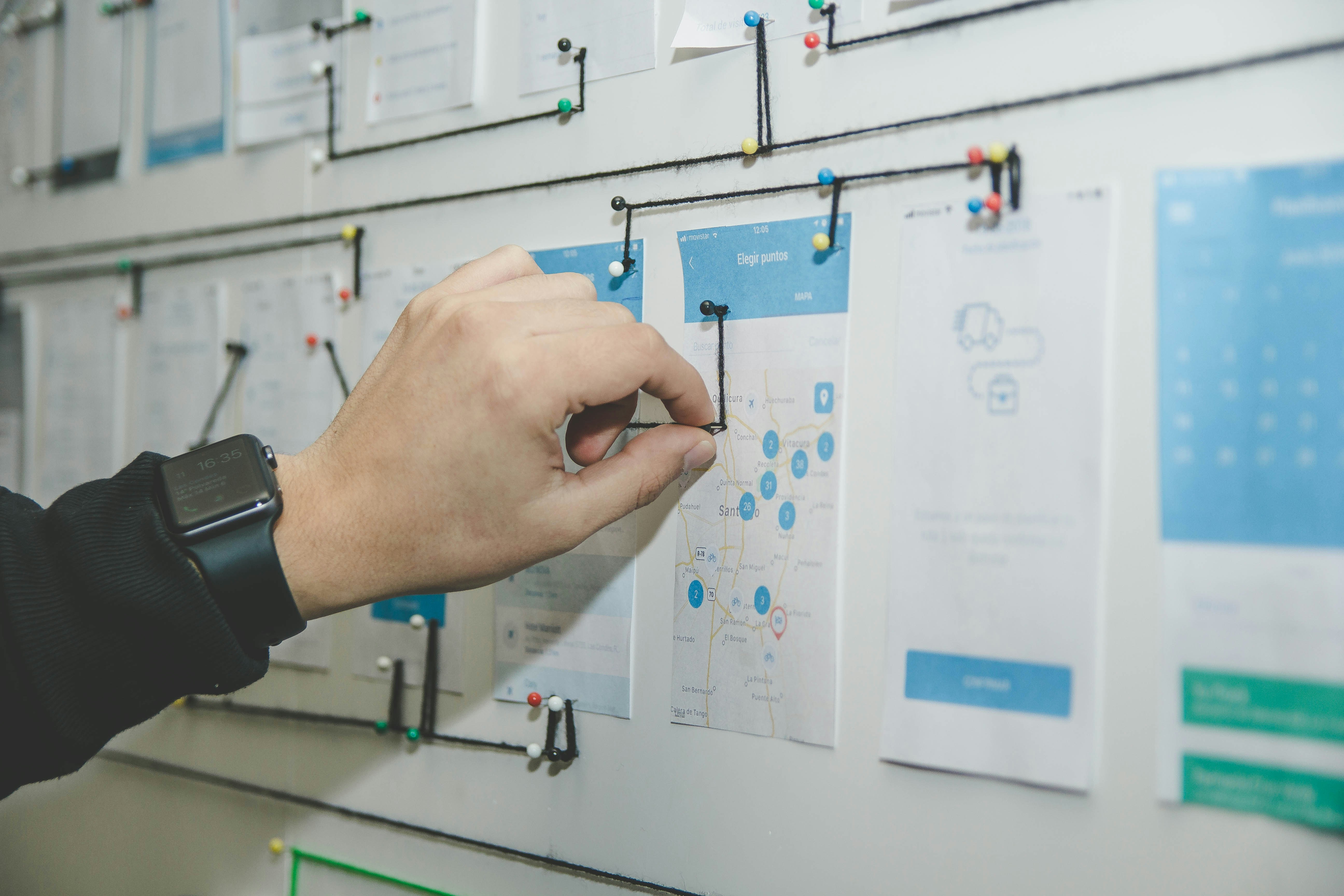There are very few claims made within this sector, however, the value of these claims is three times greater than the average SME claim value.The landscape in this sector is changing as renewable energy comes to the forefront of future energy production. Although much of the R&D in this sector is carried out by the large energy providers there is still plenty of scope for smaller Companies to claim for ongoing projects.
Examples of problems to be solved through R&D within these sectors
- Providing sustainable and efficient energy production equipment for a large variety of customers from businesses to households
- Investigating ongoing issues such as the cost of electricity
- Considering the future of energy production and how renewable sources can replace traditional methods of creating electricity
- Increasing the reliability of the energy network to both businesses and households
Examples of what constitutes R&D in these sectors?
The HMRC test as to whether a Company is performing R&D is whether a there is ‘appreciable improvement’ in a situation as a result of ‘addressing a scientific and technological uncertainty’.Any producer actively looking for solutions to problems relating to the production, distribution and sustainability of electricity, gas, steam and air or any other problems in their sector may have a claim for R&D, examples of this are below;
- Designing and producing a new biomass boiler
- Developing a new compact fuel cell
- Lowering the carbon emissions of existing fuel types to decrease their environmental impact
- Researching and developing sustainable solutions such as solar, wind and wave energy
Can Kene help your business with Innovation Incentives?
Arrange a free consultation with our team of experienced and approachable tax incentive advisors today. At Kene, our mission is to help innovative companies access millions of pounds of government money set aside to foster innovation. Your business could be next.
FAQs

Can we help your business?
Book a free consultation with our expert R&D funding advisors today. We specialise in helping innovative businesses like yours unlock millions in government funding, specifically allocated to fuel your innovation. Let us help your business access the support it deserves.









.svg)


